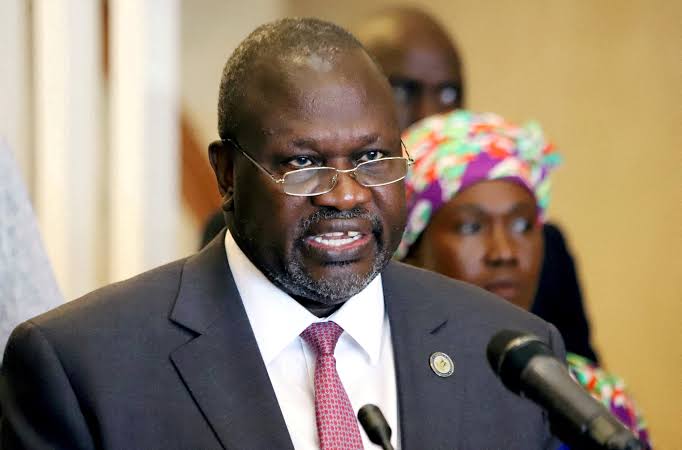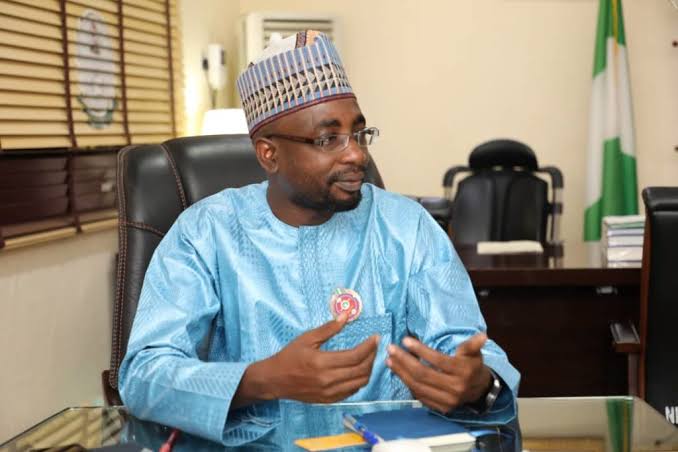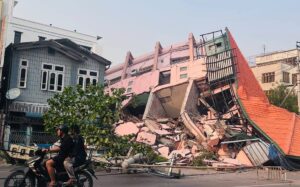According to the United Nations, a staggering 28 million individuals in the Democratic Republic of Congo are currently experiencing acute hunger, marking an unprecedented level for the nation. This crisis is largely fueled by an intensifying conflict between the government and Rwandan-supported rebels in the eastern region.
The ongoing humanitarian situation in Congo has worsened due to this conflict, with an additional 2.5 million people becoming acutely hungry since the latest outbreak of violence in December, as reported in a joint statement by the U.N.’s World Food Programme (WFP) and the Food and Agriculture Organization (FAO).
see more: Rebels attack DR Congo military, ending recent calm.
Individuals facing acute hunger are categorized as being in Phase 3 or higher on the Integrated Food Security Phase Classification (IPC) scale. Among the 28 million affected, 3.9 million are classified as Phase 4, indicating they are experiencing emergency levels of hunger.
Phase 5 represents famine conditions. The total population of the country exceeds 100 million.
The conflict between the government and the Rwandan-backed M23 rebels has intensified since the beginning of the year, resulting in the largest conflict in eastern Congo in decades and displacing hundreds of thousands of residents.
“The current situation is critical for the population, as crop losses occur, food prices rise sharply, and millions face acute food insecurity, making them increasingly vulnerable,” stated Athman Mravili, the interim FAO representative in Congo.
Over 10 million of those suffering from acute hunger reside in eastern Congo, a region that has endured nearly continuous insecurity since the wars following the 1994 Rwandan genocide, which resulted in millions of deaths and the emergence of numerous militia groups.
In other parts of the country, rising inflation and the depreciation of the Congolese franc have made it increasingly challenging for many to secure sufficient food, according to the statement.
Additionally, reductions in foreign aid from the U.S. and other major donors have hindered humanitarian organizations’ ability to address the consequences of conflict, natural disasters, and climate change.






